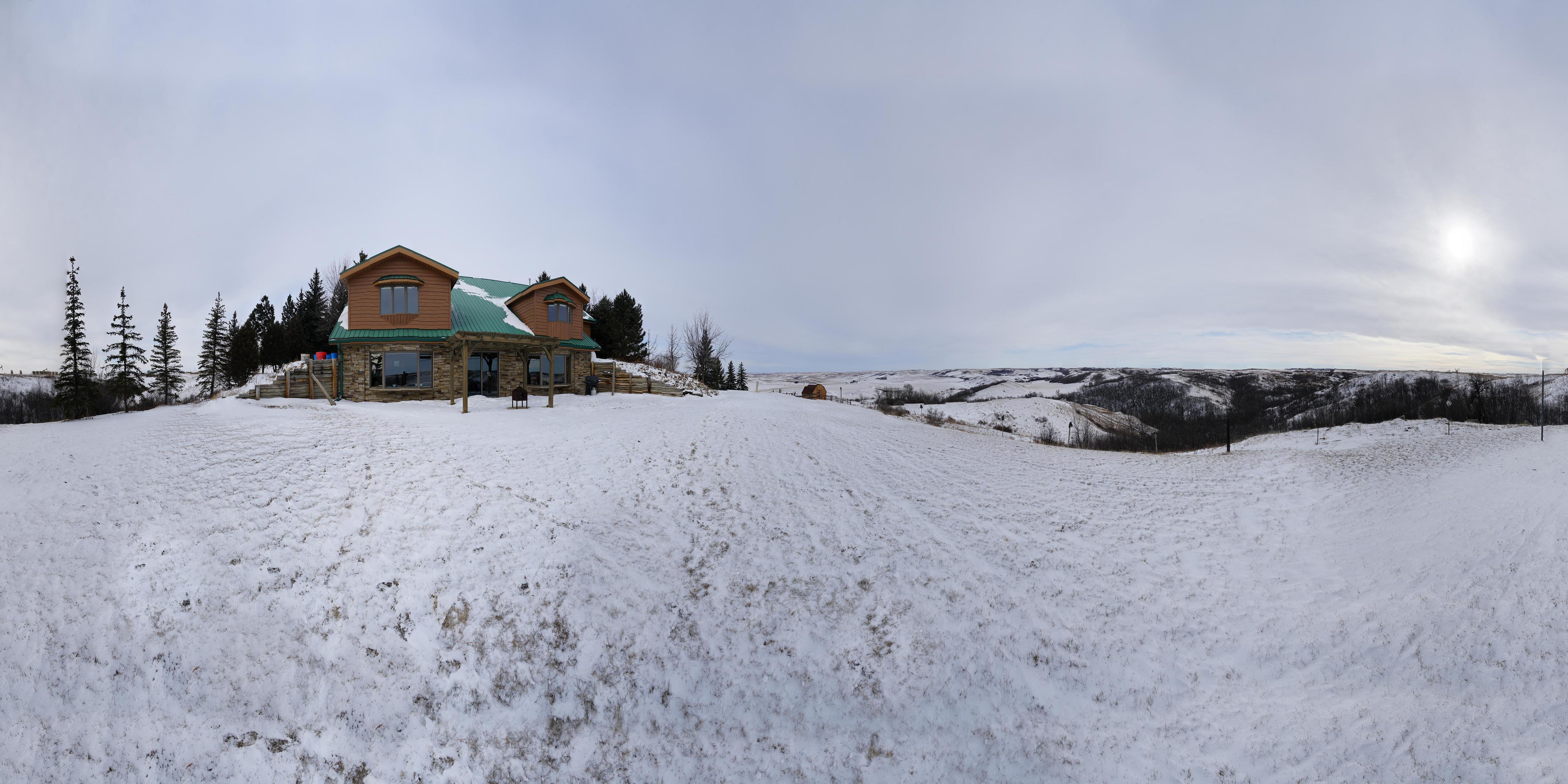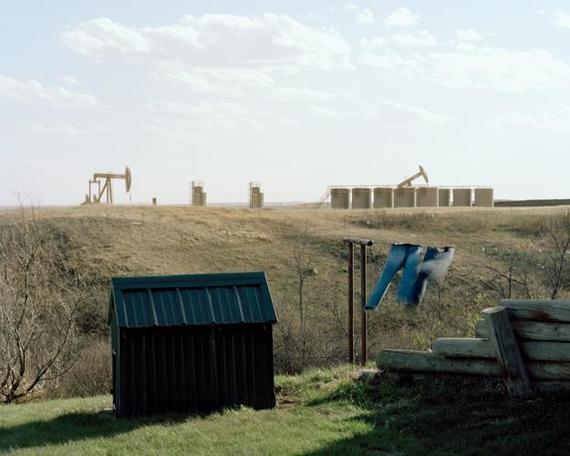On this ranch in North Dakota, the landowners own the surface rights to the land to grow crops and raise livestock, but not the mineral rights, or the rights to the underground resources.
This means an oil and gas company can install development rigs on the land without permission of the landowner.



